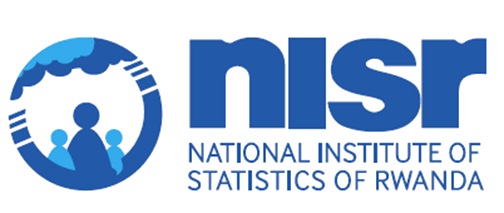Datasource:
Comprehensive Food Security and Vulnerability and Nutrition Analysis Survey (CFSVA)
Period:
April, 2015 to May, 2015
The Comprehensive Food Security and Vulnerability Analysis (CFSVA) and Nutriton survey 2015 is the fourth of its kind conducted in Rwanda, following those of 2012, 2009 and 2006.
The CFSVA found that 80 percent of all households are food secure, i.e., they are able to meet essential food and non-food needs without engaging in atypical coping strategies, have an acceptable diet and use a low share of their budget to cover food needs. This corresponds to about 1,963,975 households being food secure. Among these, 979,045 households are considered marginally food secure, meaning they are at high risk of becoming food insecure. In total, 473,847 households are food insecure: out of these, 63,696 are severely food insecure.
The consumption of food items rich in nutrients such as protein and iron is low among some population groups: 45 percent of severely food insecure households had not consumed any protein-rich food in the week before the survey.
The level of food insecurity is particularly high in the western and northern parts of the country, especially in the livelihood zones of Western Congo Nile Crest Tea Zone (49%), Lake Kivu Coffee Zone (37%) and the Northern Highland Beans and Wheat Zone (32%). At provincial level, the Western Province is most concerning, with over 35% of its households considered food insecure.
Kigali is the most food secure province, with only 3% of its households considered food insecure, followed by the Eastern Province where only 14% of its households are food insecure. At the district level, Rutsiro (57%), Nyamagabe (42%), Nyabihu (39%), Nyaruguru (37%), Rusizi (36%), Karongi (35%) and Nyamasheke (35%) have the highest percentages of households classified as food insecure.
